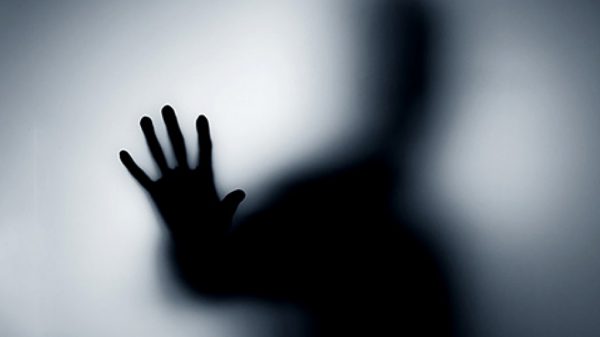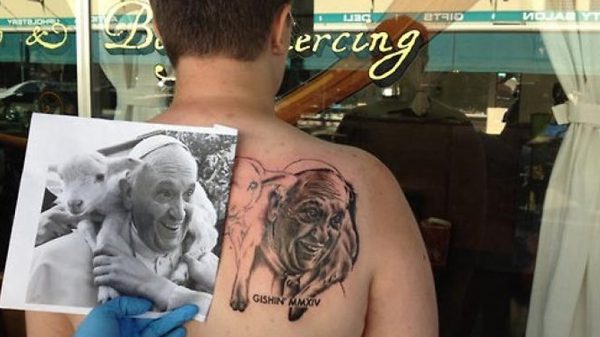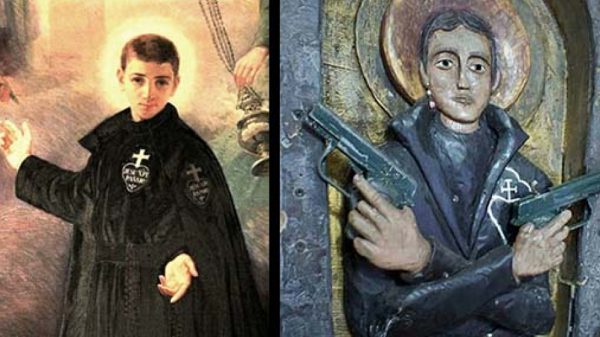The year was 1963. The newly elected pope was Saint Paul VI. At the end of the event in which he was crowned, Paul VI removed the papal tiara from his head and deposited it on the altar, in a sign of humility. Then, the tiara was auctioned off (the Archdiocese of New York bought it), and the money raised was donated to relief works for the poor in Africa.
Since that day, no pope has used the papal tiara, an object linked to a tradition that probably started in the 8th century. Popes Benedict XVI and Francis received tiaras as a gift, but never wanted to use them.
St. John Paul II thought that, in our time, the image of the Pope needed to communicate the mission of a humble servant much more than that of a powerful sovereign:
In the past centuries, when the Successor of Peter took possession of his See, the symbol of the triregno, the papal tiara, was placed over his head. The last to be crowned was Pope Paul VI in 1963, who, however, after the solemn coronation rite, never again used this symbol of the triregno, leaving his successors the freedom to decide on this matter.
Pope John Paul I, whose memory is still so alive in our hearts, did not want the trirregno; and today his Successor also declines. Indeed, it is not the time to return to what, perhaps unfairly, was considered as a symbol of the popes’ temporal power. (…)
The absolute and at the same time sweet and gentle power of the Lord corresponds to what is the most – deep of man, to his highest aspirations of intelligence, will and heart. This power does not speak with the language of force, but is expressed in charity and truth.
The new Successor of Peter in the See of Rome, on this day, raises an ardent, humble and confident prayer: Christ! Make sure that I can become and always be a servant of Your only power! Servant of Your gentle power! Servant of your power that knows no sunset! Make sure I can be a servant! Even more: servant of Your servants.
– Homily of Pope J. P. II at the beginning of his pontificate. 10/22/1978
The papal tiara was used on the first day of the pontificate of each new pope (at the coronation) and on especially solemn occasions. Its original function was to assert that papal power was superior to that of any other sovereign on Earth.
In its most recent and consecrated format, the papal tiara is made of silver in the shape of a warhead, with three gold crowns, indicating an ancient formula of the triple papal power: “father of princes and kings, rector of the world and Vicar of Christ”.
Each of the three tiaras was added gradually, over time, until it formed the “trirregno”. His changed over the years, as Don Andrea Condero di Montezemolo, Apostolic Nuncio explains:
In 1130 it was accompanied by a crown, a symbol of sovereignty over the Church States. Bonifácio VIII, in 1301, added a second crown, at the time of the confrontation with the King of France, Philippe the Beautiful, to represent his spiritual authority superior to the civil one. It was Benedict XII in 1342 who added a third crown to symbolize the Pope’s moral authority over all civil monarchs, and to reaffirm Avignon’s possession. Over time, losing its meanings of a temporal nature, the silver tiara with the three golden crowns remained to represent the three powers of the Supreme Pontiff: Sacred Order, Jurisdiction and Magisterium.
– The Coat of Arms of His Holiness Pope Benedict XVI. Vatican website
As the Polish pope had already said, in other words: there is no more place to use of the pompous papal tiara today. The popes’ power of influence lies much more in their example of kindness and spiritual symbolism than in any claim of earthly power. That is why they want to resemble Christ the servant rather than a civil monarch.
*****
Curiosity: Benedict XVI’s papal tiara was made by artisans of the Orthodox Church! According to the Vatican Insider, the tiara was ordered by a German businessman (Dieter Filippi) and was made in a studio in Sofia, the capital of Bulgaria (Liturgix studio). The gift was made and delivered in the name of Christian unity.




























